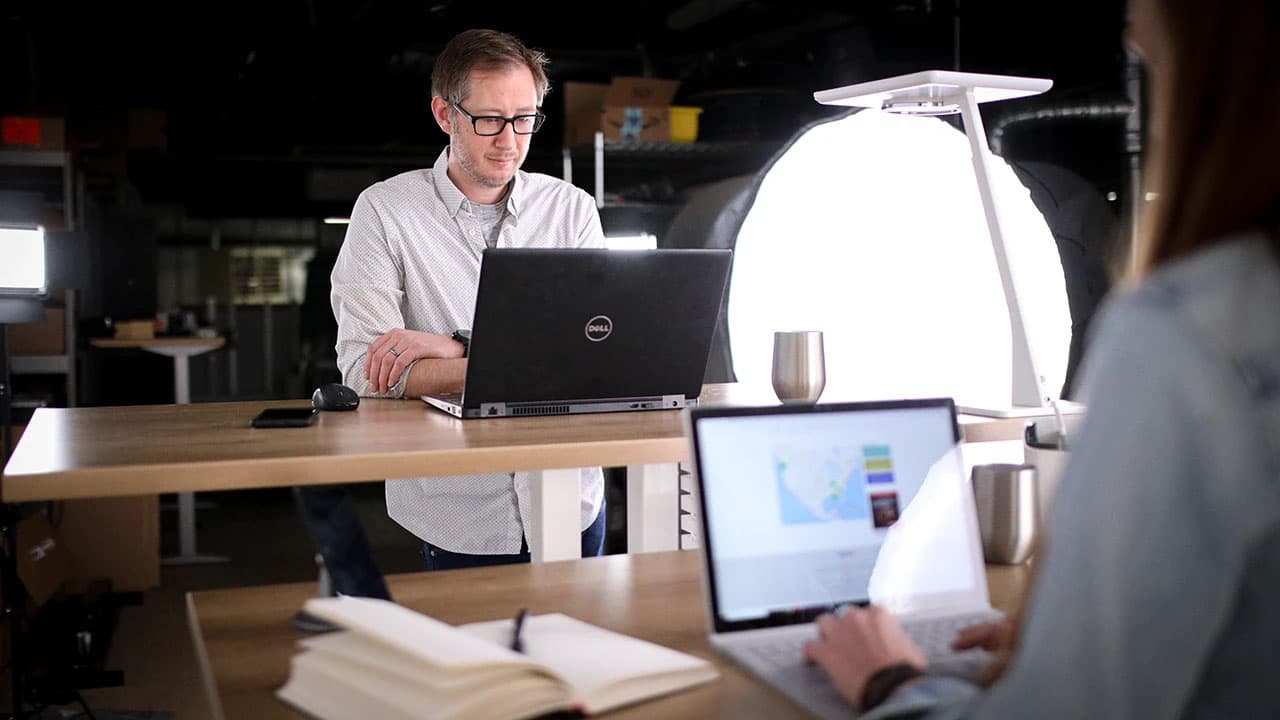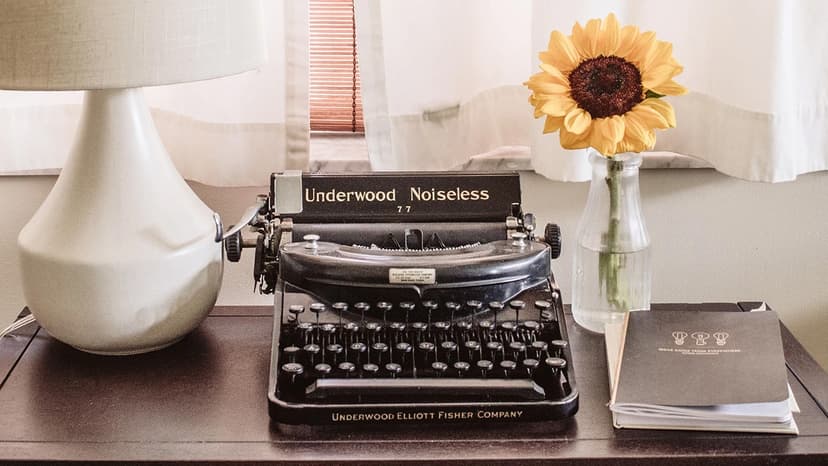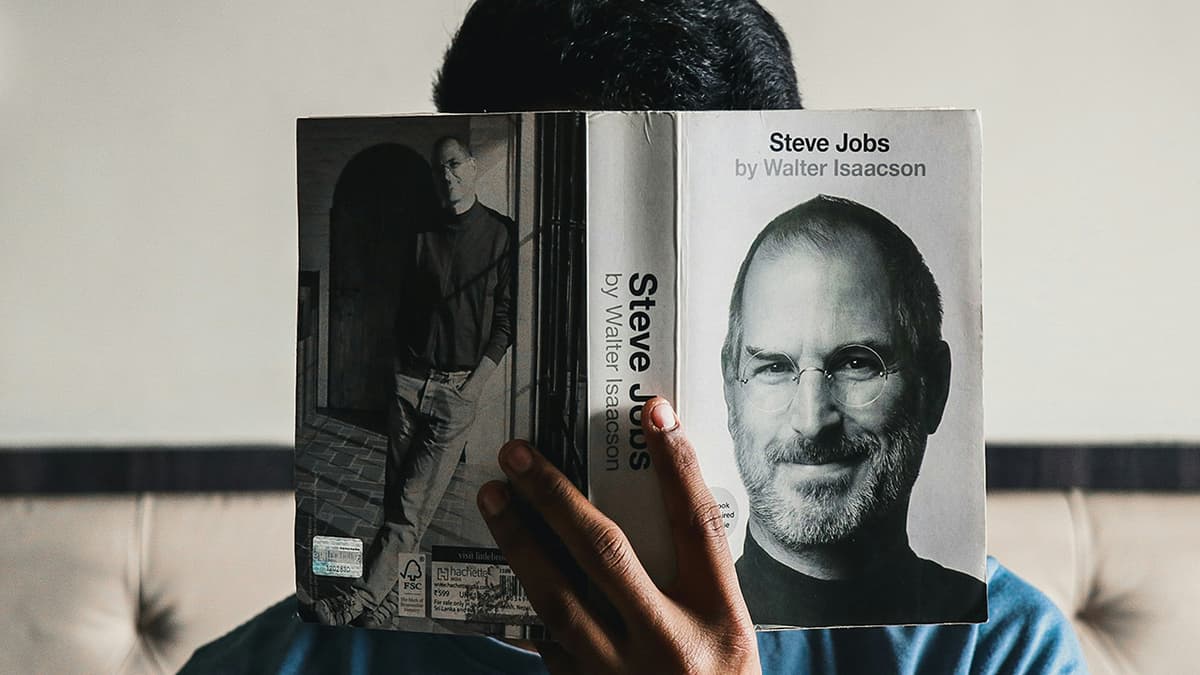The Art of Fading Away: Navigating the Uncomfortable Dance of Slow Fade
What is the slow fade in human relationships? This phenomenon involves one person gradually withdrawing from another's life, leading to a diminishing connection.
The slow fade is often used to distance oneself without facing a direct confrontation. This process consists of subtle changes that signal a waning interest.
Signs of a Slow Fade
- Decline in Communication: Texts become less frequent. Phone calls are shorter, and replies take longer. Social media interactions may stop altogether.
- Change in Plans: Previously made plans are met with reluctance or cancellations. Excuses become common, indicating a lack of interest.
- Absence of Intimacy: Physical gestures, such as holding hands, diminish over time. The space between people grows, reflecting emotional distance.
Emotional Impact
The person experiencing a slow fade often feels confusion and doubt. Questions arise, such as:
- Did I do something wrong?
- Was there a warning sign?
This ambiguity can be emotionally challenging.
Coping with a Slow Fade
Resilience and self-care are crucial when facing a slow fade. Here are some strategies to cope:
- Recognize Your Value: Understand that the fade does not reflect your worth.
- Seek Support: Talk to friends, family, or a therapist if you need assistance.
- Focus on Yourself: Engage in activities that bring you joy and fulfillment.
The slow fade is not a failure; it marks a chapter in your life. It offers a chance for growth and self-discovery. Embrace this journey as you move toward brighter days.












